- News
- Reviews
- Bikes
- Accessories
- Accessories - misc
- Computer mounts
- Bags
- Bar ends
- Bike bags & cases
- Bottle cages
- Bottles
- Cameras
- Car racks
- Child seats
- Computers
- Glasses
- GPS units
- Helmets
- Lights - front
- Lights - rear
- Lights - sets
- Locks
- Mirrors
- Mudguards
- Racks
- Pumps & CO2 inflators
- Puncture kits
- Reflectives
- Smart watches
- Stands and racks
- Trailers
- Clothing
- Components
- Bar tape & grips
- Bottom brackets
- Brake & gear cables
- Brake & STI levers
- Brake pads & spares
- Brakes
- Cassettes & freewheels
- Chains
- Chainsets & chainrings
- Derailleurs - front
- Derailleurs - rear
- Forks
- Gear levers & shifters
- Groupsets
- Handlebars & extensions
- Headsets
- Hubs
- Inner tubes
- Pedals
- Quick releases & skewers
- Saddles
- Seatposts
- Stems
- Wheels
- Tyres
- Health, fitness and nutrition
- Tools and workshop
- Miscellaneous
- Tubeless valves
- Buyers Guides
- Features
- Forum
- Recommends
- Podcast
review
£1,649.99
VERDICT:
Light, stiff and silky smooth wheels, but wet weather braking performance leaves a lot to be desired
Weight:
1,348g
Contact:
At road.cc every product is thoroughly tested for as long as it takes to get a proper insight into how well it works. Our reviewers are experienced cyclists that we trust to be objective. While we strive to ensure that opinions expressed are backed up by facts, reviews are by their nature an informed opinion, not a definitive verdict. We don't intentionally try to break anything (except locks) but we do try to look for weak points in any design. The overall score is not just an average of the other scores: it reflects both a product's function and value – with value determined by how a product compares with items of similar spec, quality, and price.
What the road.cc scores meanGood scores are more common than bad, because fortunately good products are more common than bad.
- Exceptional
- Excellent
- Very Good
- Good
- Quite good
- Average
- Not so good
- Poor
- Bad
- Appalling
Fulcrum has given its flagship Racing Zero wheels a carbon fibre makeover and the result is a much lighter wheelset with excellent performance, especially in the hills, and impressive braking – in the dry.
In the switch from aluminium to carbon, Fulcrum has developed a 30mm-high rim made from unidirectional carbon fibre with a 3K finish for the brake track. The rims have a rounded front section and measure 17mm internally, 24.5mm externally, which provides a good platform for wider tyres; 25mm tyres go very well with these rims.
> Find your nearest dealer here
The brake track gets the same 3Diamant treatment first seen on Campagnolo wheels a couple of years ago. The name comes from the process that involves using a diamond-tipped tool to shave away resin and produce a uniform surface on the brake track, so the special compound brake blocks are pushed directly against the carbon.
Combined with carbon-specific brake blocks supplied with the wheels, the braking performance is excellent in the dry. Powerful, consistent and predictable, with lots of feel at the lever allowing you to apply just as much force as you need in any situation.
Initially, braking was accompanied by a lot of squealing, but after several weeks' use the noise reduced quite a bit, though they're still not the quietest wheels. What did change over time was an improvement in performance, as the blocks and rims bedded in.
Performance in the wet is a different matter. I've yet to ride a carbon wheelset in the rain that doesn't fill me with dread, especially when riding along busy roads with lots of hazards. Despite the specially produced brake track, braking retardation dramatically reduces when you add water to the mix.
Hub of the matter
Spinning away at the centre of the rims are carbon fibre hubs with aluminium flanges and ceramic bearings, which save a smidgen of weight and are meant to provide improved longevity and smoothness. The rear hub has a dramatically oversized driveside flange to provide greater stiffness, and the freehub is Shimano and SRAM compatible with 10/11-speed cassettes.
It's carbon for the rims, and aluminium for the spokes – big bladed aero spokes. There are 16 radially laced in the front wheel, while the unusual lacing pattern in the rear is due to the 2-to-1 approach, with 7 spokes on the left and 14 on the right, all straight-pull. It's something that parent company Campagnolo developed in an effort to produce a rear wheel that copes with the forces placed on it and provides 'greater reactivity at each pedal stroke' – which essentially means the rear wheel is better at transferring your power to propel you forwards.
To improve wheel stiffness, the rim bed isn't drilled. Installing spoke nipples requires dropping them in through the valve hole and positioning using a magnet – luckily the wheels come assembled as it doesn't sound like a fun task. Fulcrum calls this MoMag and it also means no rim tape is needed. And no, it doesn't mean they're tubeless-ready.
In a spin
Installation of the wheels was a painless process. A pair of new Michelin tyres popped onto the clincher rim with no tyre levers necessary, and with the supplied brake blocks fitted to the bike and a cassette slotted onto the rear hub, it was out onto the open road to put them through their paces.
My first impression was just how precise and direct they feel. These are very stiff wheels. They provided my bike, a Cannondale SuperSix Evo, with a quicker response to input and changes in direction than other full carbon wheelsets I've ridden.
The shallow section rim, although rounded in a concession to smoothing airflow, isn't what you'd called aero, and speed merchants only interested in battering along the flat might want to look elsewhere. The wheels didn't exactly feel slow, but nor did they have that feeling of rapid pace that a deep-section wheel generates at higher speeds.
Where these wheels are right at home is on rolling terrain with lots of hills, short and long, and ever-changing gradients. The low weight provides a helping hand on the climbs and the high level of stiffness delivers very precise handling when weaving the bike through the turns.
> Read our buyer's guide to road bike wheels
They feel highly responsive when powering the bike forward over a crest and there's no lag when you need a quick burst of speed. The rigidity is highly impressive and I couldn't discern any flex at all, even during all-out sprints or leaning on them really hard through corners. They're forgiving wheels as well, and deal with rough roads and the odd gravel track without problem.
The only place these wheels really come unstuck is in the rain; not such a huge problem on the flat, but if you've got T-junctions at the bottom of very steep and long hills to contend with, it takes the shine off an otherwise impressive wheelset.
Otherwise, the Fulcrum Racing Zero Carbon wheels are lightweight, stiff and durable, with silky smooth hubs. For an all-round wheel, these are a decent choice – provided you don't plan to ride in the rain much.
Verdict
Light, stiff and silky smooth wheels, but wet weather braking performance leaves a lot to be desired
road.cc test report
Make and model: Fulcrum Racing Zero Carbon Road Wheels
Size tested: 30mm high carbon bike rim
Tell us what the wheel is for, and who it's aimed at. What do the manufacturers say about it? How does that compare to your own feelings about it?
Fulcrum says:
"Racing Zero switches to carbon for the first time, and does it in its own way: they are the first road bike wheels on the market that combines a carbon rim with aluminum spokes.
This new hybrid technology combines the legendary rigidity of the aluminum Zero with improved reactivity, thanks to the carbon bike rims, which reduce the peripheral weight and so the moment of inertia.
A light wheel, with a superior handling and an optimal power transmission to the ground."
Tell us some more about the technical aspects of the wheel?
From Fulcrum:
30 mm high carbon bike rims with a wider cross section: this wider base provides more grip, more comfort and a superior handling.
The rims are made from UD - unidirectional carbon, among the best-performing currently available on the market.
The use of 3K fiber on the braking surface provides better braking feedback.
Racing Zero Carbon setup provides aluminum aero spokes: this choice was made to ensure optimal rigidity whilst paying special attention to aerodynamics.
The legendary Racing Zero's steering precision starts here.
Racing Zero Carbon are the first road bike wheels on the market with carbon rims and aluminum spokes: this means that the nipples, the connection between the two different materials, had to be studied and redesigned.
The new nipples, inserted thanks to MoMag™ technology, are specially shaped to facilitate the assembly process and to stay in place without the addition of any other cushioning material.
The front hub has been redesigned, the new model is smaller and so lighter.
Smoothness is ensured by the famous USB™ ceramic bearings.
Carbon hub with oversize aluminum flange and Two-to-One™ technology: the doubling of the spokes on the cassette side provides greater torsional stiffness and therefore a greater reactivity at each pedal stroke.
This means greater efficiency in the transmission of power to the wheel.
Rate the wheel for quality of construction:
7/10
Rate the wheel for performance:
8/10
Rate the wheel for durability:
7/10
Rate the wheel for weight
8/10
Rate the wheel for value:
6/10
Carbon wheels are an expensive purchase but they are getting more affordable all the time; there's certainly a lot of choice at this price range.
Did the wheels stay true? Any issues with spoke tension?
Remained perfectly true through the test period.
How easy did you find it to fit tyres?
Very easy to fit tyres without levers.
How did the wheel extras (eg skewers and rim tape) perform?
The wheel skewers are very pleasant to use.
Tell us how the wheel performed overall when used for its designed purpose
Very good performance, very stiff, light, and smooth.
Tell us what you particularly liked about the wheel
Stiff and responsive performance and great braking in the dry.
Tell us what you particularly disliked about the wheel
Poor braking performance in the wet.
Did you enjoy using the wheel? Yes
Would you consider buying the wheel? Maybe
Would you recommend the wheel to a friend? Yes
Use this box to explain your score
They're not the cheapest nor the very lightest, but they provide a really nice ride with predictable braking in the dry. The hubs are silky smooth and durability is impressive, but they simply can't match an aluminium rim for wet weather braking performance or value for money.
About the tester
Age: 31
I usually ride: My best bike is:
I've been riding for: 10-20 years I ride: Every day I would class myself as: Expert
I regularly do the following types of riding: road racing, time trialling, cyclo-cross, commuting, touring, mountain biking
David worked on the road.cc tech team from 2012-2020. Previously he was editor of Bikemagic.com and before that staff writer at RCUK. He's a seasoned cyclist of all disciplines, from road to mountain biking, touring to cyclo-cross, he only wishes he had time to ride them all. He's mildly competitive, though he'll never admit it, and is a frequent road racer but is too lazy to do really well. He currently resides in the Cotswolds, and you can now find him over on his own YouTube channel David Arthur - Just Ride Bikes.
Latest Comments
- stonojnr 5 min 40 sec ago
I'd presume the clearly has anger issues driver was on a first offence and prisons are full....
- stonojnr 12 min 38 sec ago
Unfortunately I think Coogan the person is more like Partridge the character, than he'd probably like to admit.
- mctrials23 16 min 53 sec ago
Paint isn't protection. Paint is worse than nothing at all and every cyclist knows it. I get passed far too close at the ratio of 10:1 if not worse...
- Pub bike 34 min 32 sec ago
Nothing a splash of Fenwick's couldn't deal with.
- MR P H SMITH 36 min 37 sec ago
@mtbtomo We're stoppping at Fodele Beach this Summer! I trust it was a good hotel? Moreover, I've booked my bike and would love to know if you have...
- Rendel Harris 38 min 13 sec ago
If you have lost height it will almost certainly be due to ageing curvature/compression of the spine, it's highly unlikely that your legs have got...
- mdavidford 1 hour 9 min ago
And that's before you get on to the confusing business of taking the new monthly cost and converting it to an annual one, and then comparing it...
- Mr Anderson 1 hour 33 min ago
Looking on Google Maps of the location of this company, reminded me of an episode of Lovejoy. The story line was thieves from France were...
- chrisonabike 1 hour 34 min ago
You may live in a place where 30s away from your locked bike is enough to see it gone or at least piranha'd. If so, my sympathies... In Edinburgh...
- Condor Andy 1 hour 44 min ago
Not sure I've seen a transfer fantasy game anywhere else. It's why a lot of people I've spoken to stopped playing this game, it was just too time...





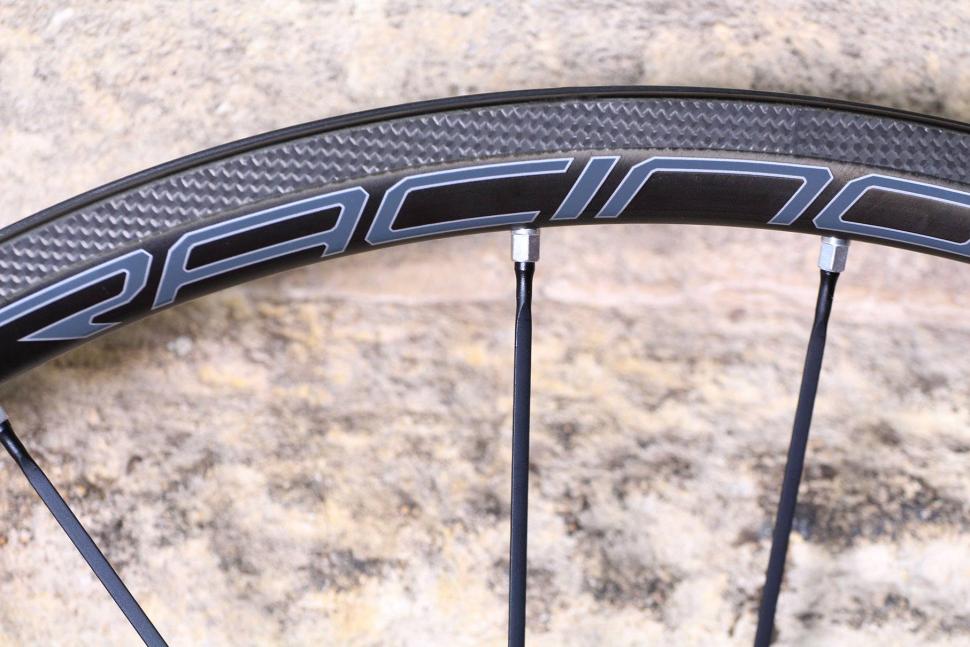
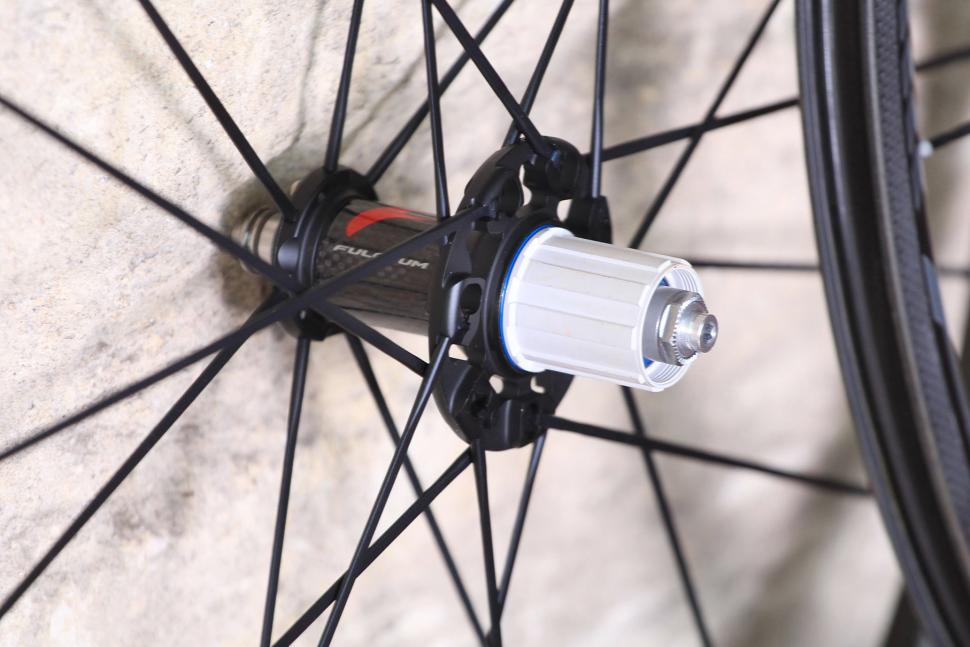

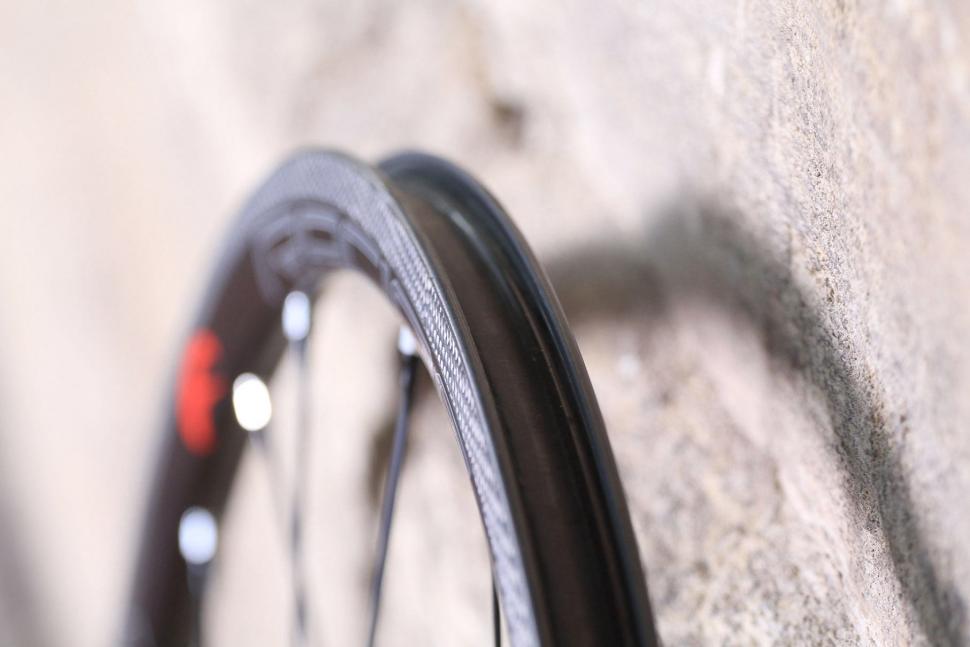
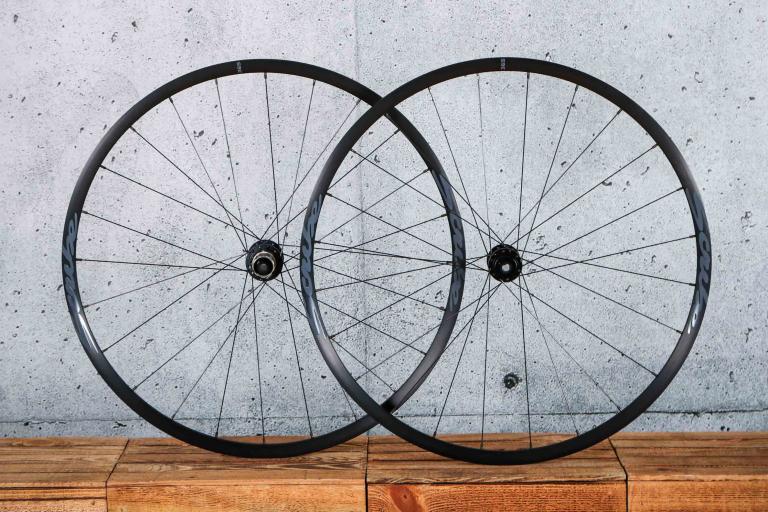
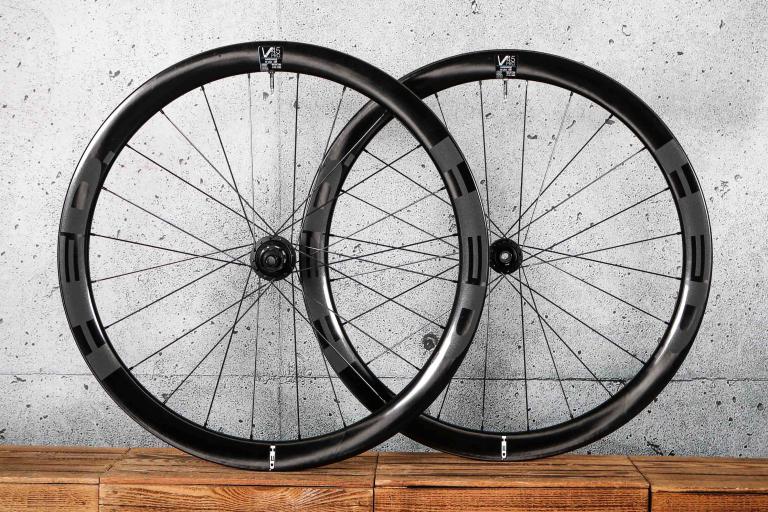
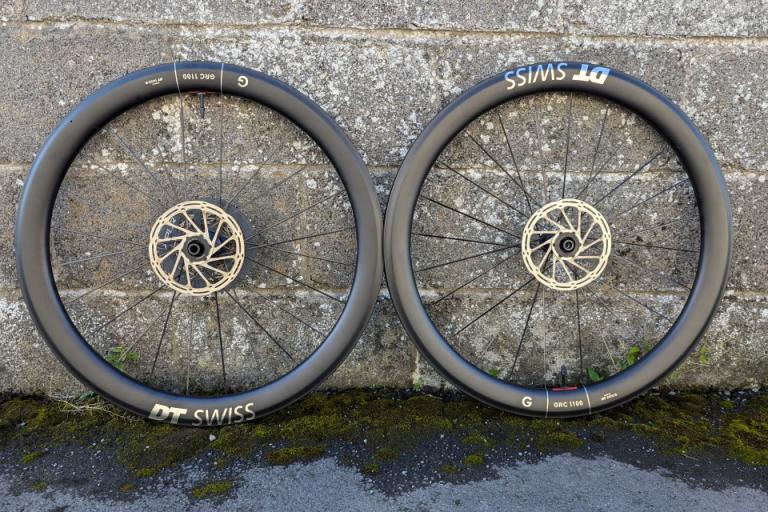
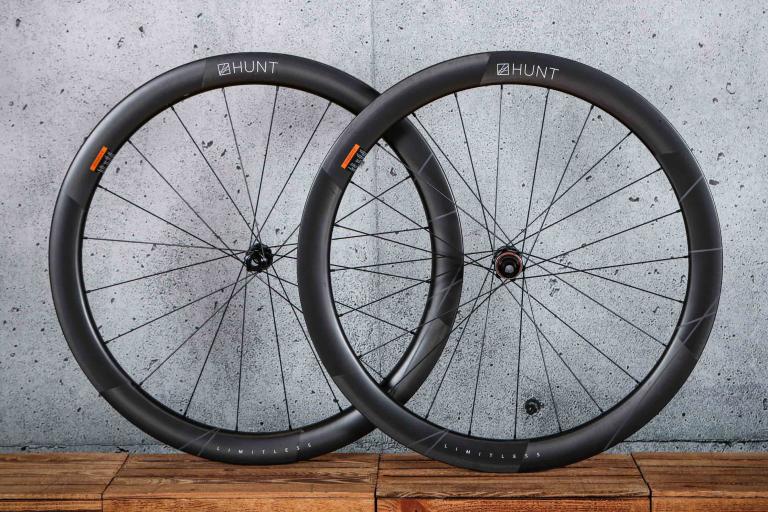
Add new comment
8 comments
In your review you say that wet weather braking performance is very poor on Fulcrum Racing Zero Carbon wheels. However, in a previous review of Fulcrum Speed 40 on Road.cc (http://road.cc/content/review/206702-fulcrum-speed-40t-carbon-tubular) which have exactly the same braking surface as Racing Zero Carbon (thats the 3K carbon fiber braking surface with 3Diamant treatment) wet braking performance was found to be impressive!!! I quote “The stopping performance near rivals that of an alloy rim, with none of the grabiness associated with carbon braking surfaces as the heat builds. It's always consistent and, as I've said, even pretty impressive in the wet, with none of that 'am I going to slow down or not?' kind of uncertainty.”
Well, is Fulcrums 3K carbon fiber braking surface with 3Diamant treatment wet braking performance poor or impressive? Can we have a definite answer?
I'd be very interested to see a proper in depth article on this with a set of wheels of varying characteristics. Aero, weight, profile, mass in the hub, rim etc. It would take a lot of doing.
Am i talking nonsense? What about wheels with movable mass/intertia tech. I.e. Mass moves to outside on the downhills, mass moves in on the uphills.
I'd go so far as to claim that any mass which isn't doing the job of making the wheel solid, robust or aero is just dead weight. I reckon a movable weight wouldn't be helping in any of those regards.
I haven't done the arithmetic but I'll just add that to get any benefit of a higher inertia wheel going downhill, you've had to haul that mass uphill in the first place.
Also, higher inertia means longer braking distances going into a corner, slower acceleration coming out of the corner, and an increased reluctance to change direction making the bike less responsive to your steering input.
Not on my shopping list
"reduce the peripheral weight and so the moment of inertia" - congratulations on taking a wheel review to the next level of complete nonsense.
FWIW breaking in the wet doesn't seem to affect the Movistar, Lotto, or Lampre riders who all use wheels with 3Diamant.
Firstly, that's a quote from Fulcrum - not the reviewer. Secondly, it's absoluty correct - whether that reduction in the moment of inertia equates to any noticeable functional difference in the wheel is another matter.
On the rear hub, I find the oversized flange a little unsettling.
My alloy rimed Easton SLX wheels are only about 40 gms heavier & with a 24 mm section rim wouldn't much less aero. They've been bomb proof for 4 years and about 25% of the price